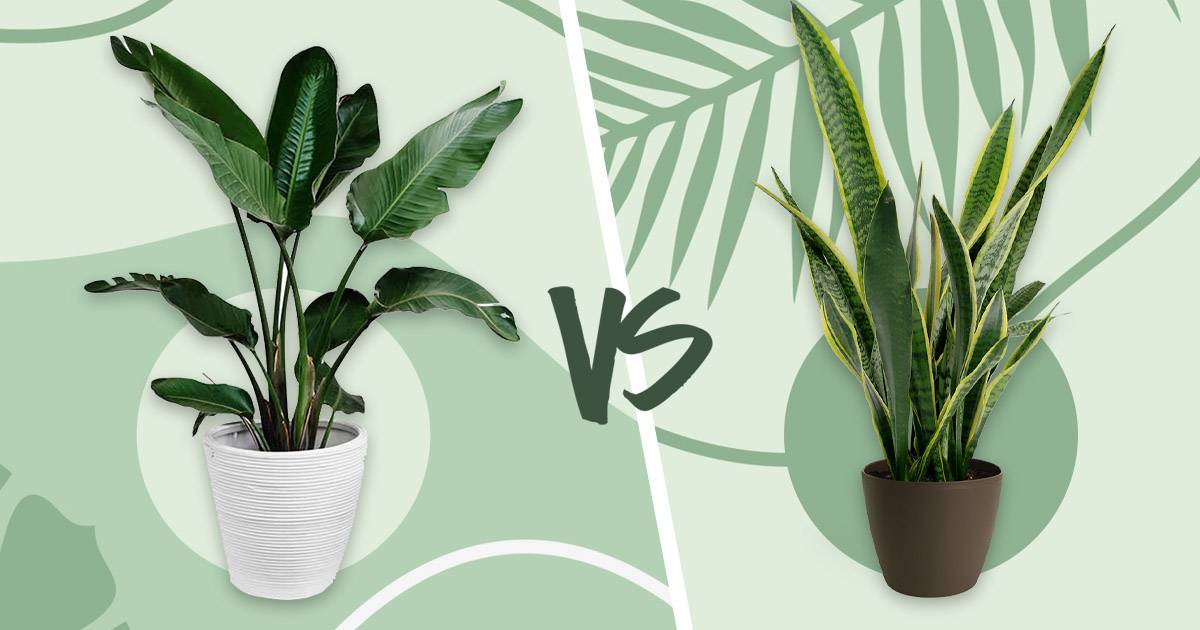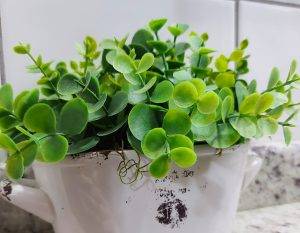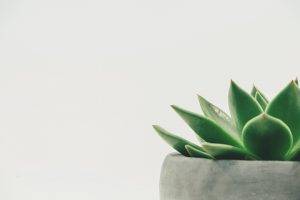Fake Plant Vs Real Plant – Which Is Better To Use As Decorations?

Decorating a living space, whether it’s your home or office, is a wonderful way to create a pleasant and inviting atmosphere. One of the most timeless and effective methods of enhancing your surroundings is by incorporating plants. The vibrant foliage not only enhances visual attractiveness but also introduces a natural element to indoor spaces. When it comes to selecting plants for decoration, a common dilemma arises: Should you opt for real plants or fake plants? This blog post aims to delve into the age-old debate of fake plants vs real plants, analyzing the advantages and drawbacks of each to help you make an informed decision that suits your preferences and circumstances.
Why Use Plants to Decorate?
Before we dive into the comparison, let’s delve into why incorporating plants as decoration is a popular choice. The allure of plants lies in their innate ability to transform the ambiance of a space, creating an atmosphere that resonates with tranquility, freshness, and vitality. They hold the power to instantly elevate the mood of any environment, be it a cozy home setting or a bustling office space. By introducing plants into your surroundings, you not only add an aesthetic touch but also establish a profound connection to the natural world.
Pros and Cons of Using Fake Plants
Pros
- Visual Appeal – The perception of artificial plants has evolved significantly from the plastic appearance of the past. In the realm of modern design, high-quality artificial plants closely replicate the look of their real counterparts. With meticulous craftsmanship, these faux plants offer a natural and aesthetically pleasing appearance that can seamlessly blend into various decor styles.
- Low Maintenance – One of the notable benefits of artificial plants is their low demand for upkeep. Unlike their living counterparts, artificial plants don’t demand regular watering, access to sunlight, or periodic pruning. This characteristic makes them an ideal choice for individuals with hectic schedules, as they retain their allure without constant attention.
- Hypoallergenic – For those afflicted with allergies, fake plants provide a welcome solution. Unlike real plants that release pollen and may trigger allergic reactions, artificial plants pose no such risks. This makes them a safe and viable option for both homes and offices, allowing everyone to enjoy the aesthetic appeal of greenery without discomfort.
- Longevity – The durability of artificial plants is undeniable. These faux creations won’t wither, shed leaves, or lose their vibrancy over time. With proper care and occasional cleaning, they maintain a consistent appearance throughout the year, ensuring your chosen decor remains as captivating as the day it was installed.
Cons
- Lacks Natural Benefits – While fake plants have made leaps in replicating the visual aspect of real plants, they fall short in delivering the natural benefits that living plants offer (except for improving mood and reducing stress). The health advantages of air purification, natural aromatherapy, and the positive impact on overalll well-being are exclusive to real plants.
- Initial Cost – The allure of high-quality artificial plants comes at a price. Compared to real plants, the upfront cost of purchasing lifelike artificial foliage can be higher. However, this initial investment can often be offset by the lack of ongoing maintenance costs.
Pros and Cons of Using Real Plants
Pros
- Air Purification – One of the standout benefits of real plants is their active contribution to improving indoor air quality. Through the process of photosynthesis, living plants filter the air by reducing pollutants and releasing oxygen, resulting in a healthier living environment.
- Aromatherapy – Certain real plants possess the remarkable ability to emit natural fragrances that contribute to positive mood and well-being. The soothing scents they release can evoke a sense of calm and relaxation, making them an excellent addition to spaces where stress reduction is desired.
- Health Benefits – The presence of real plants isn’t just about aesthetics; it holds intrinsic health benefits. Studies have shown that interactions with nature, even in the form of indoor plants, lead to reduced stress levels, improved cognitive function, and heightened feelings of well-being.
- Variety – The world of genuine plants presents a wide range of species, each possessing distinct traits. This diversity enables you to choose plants that match your visual preferences, taking into account the particular conditions of your living area, including factors like lighting and humidity.
Cons
- Maintenance – The vitality of real plants demands consistent care, which includes regular watering, providing appropriate sunlight, pruning, and safeguarding them from pests. This care routine requires time and effort, making it a commitment that might not suit everyone’s lifestyle.
- Allergies – For some individuals, the presence of real plants may lead to allergic reactions triggered by pollen or scents emitted by certain species. It’s essential to consider the health concerns of occupants before introducing real plants into the environment.
- Cost and Replacement – Beyond the initial purchase cost of real plants, maintaining their well-being incurs additional expenses. These may include pots, soil, fertilizers, and, in some cases, the need to replace plants that don’t thrive as expected.
Should You Decorate with Fake Plants?
The decision to decorate with fake plants is influenced by a range of factors, from lifestyle considerations to personal preferences and living space conditions. If you prioritize low maintenance, seek to avoid allergic reactions, and are drawn to the aesthetic advantages of greenery, artificial plants emerge as an excellent choice. High-quality artificial plants can seamlessly integrate into your decor, offering a visually pleasing and stress-free option that retains its allure with minimal effort.
In your quest to decide between the allure of a fake vs a real plant, take into account your circumstances, desired level of involvement, and aesthetic vision. Each type of plant has its distinct merits, and the choice should reflect what aligns best with your lifestyle and aspirations for a well-adorned, welcoming environment.
Fake Plants vs Real Plants – It Depends
In the end, the choice between fake plants and real plants as decorations boil down to personal circumstances and priorities. If you’re seeking the natural benefits of air purification, aromatherapy, and the therapeutic effects of real plants, the effort you invest in their maintenance can be rewarding. On the other hand, if convenience, low upkeep, and an attractive appearance are your primary concerns, artificial plants offer a viable solution.
Ultimately, there’s no definitive answer to the real plants vs fake plants debate. Consider your available time, budget, aesthetic preferences, and whether you prioritize the genuine benefits of real plants over the hassle-free qualities of artificial ones. A blend of both types could also strike the perfect balance, allowing you to enjoy the advantages of each in different areas of your space.
Bottom Line
In conclusion, whether you opt for the vibrant allure of real plants or the hassle-free charm of artificial plants, the choice is yours. Both have their unique merits, and the decision should reflect your individual needs and aspirations for a well-decorated, welcoming environment. Regardless of your choice, the incorporation of greenery is sure to make your space more inviting, vibrant, and full of life.


